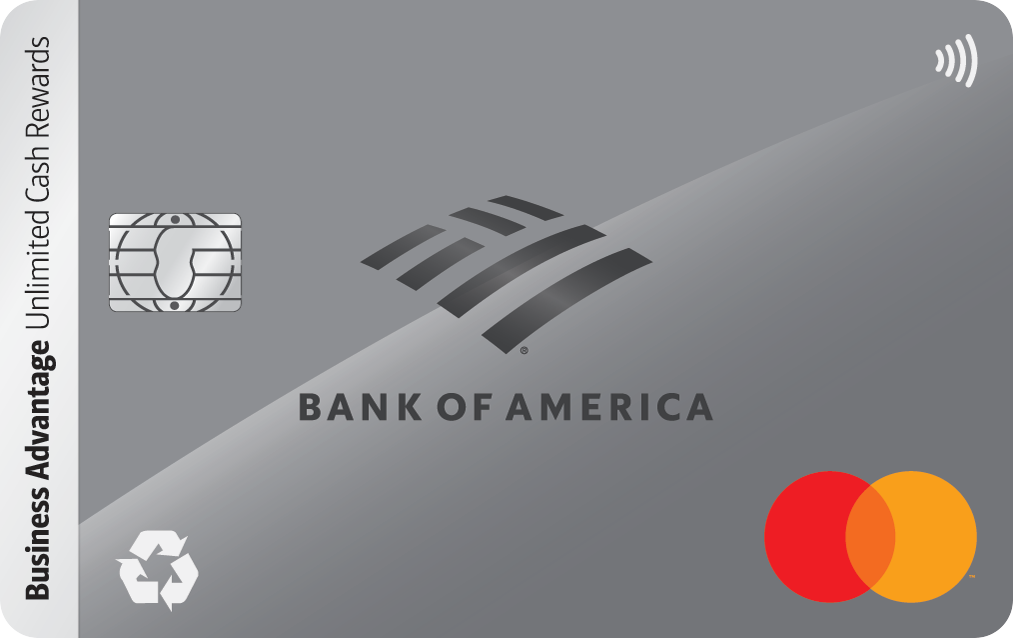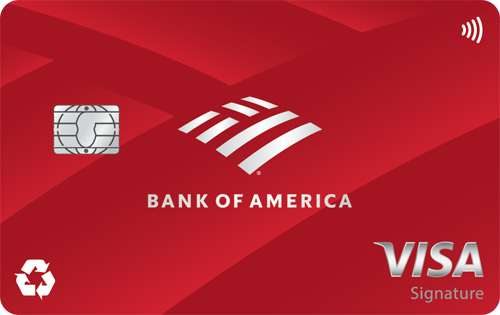Ethereum Merge Date Is Set For June 8. Here's Why Experts Are Excited
KEY POINTS
- On Monday, Ethereum announced the launch of the Eth2 Beacon Chain, one of its final tests before its proof-of-work to proof-of-stake transition happens later this year.
- The proof-of-stake transition will change the way transactions are validated and allow miners who put up the most collateral to validate the most transactions.
- The final merge now depends only on two things, as stated by Ethereum developer, Tim Beiko.
Ethereum moves ahead with Eth2 Beacon Chain launch on public testnet as it prepares for proof-of-stake transition.
Decentralized, open-source blockchain computing platform, Ethereum, announced on Monday its launch of the Eth2 Beacon Chain set to soon merge with public testnet, Ropsten. Experts have been anticipating an event known as "the merge" for quite some time, and Monday's launch carries reignited hope that the merge will indeed happen.
A Ropsten testnet merge was announced to happen June 8, preparing for the final merge, set for sometime later this year. The merge will fuse the Eth2 Beacon Chain with the Ethereum mainnet, ultimately transiting the network from proof-of-work (PoW), to proof-of-stake (PoS). Ethereum developer, Tim Beiko, made the official announcement on Twitter saying, "Ethereum's longest lived PoW testnet is moving to Proof of Stake! A new beacon chain has been launched today, and The Merge is expected around June 8th on the network," the developer said, calling it "the first dress rehearsal."
The move from proof-of-work to proof-of-state
Currently, Ethereum operates through a proof-of-work, or PoW, network. A proof-of-work network, aiming to prevent attacks, asks miners to solve puzzles to complete a block of transactions, verifying the transactions are legitimate. PoW, originally built into the design of Bitcoin, has been replicated by other cryptocurrencies, including Ethereum.
Ethereum developers have been working on upgrading Ethereum 2.0, which will transition the network to proof-of-stake. Also aiming to secure transactions, proof-of-stake will omit the use of hardware resources and instead have validators dedicate their cryptocurrency by locking up at least 32 ETH that they cannot spend. Eliminating the use of advanced hardware will allow more users to participate, furthering decentralization and resistance to attacks. The upgrade is predicted to reduce Ethereum's energy consumption by more than 99% and its issuance by 90%.
Another source of excitement for the merge comes with a prediction of the cryptocurreny's deflationary value. Analysts believe the merge could burn more ETH than is created through validator rewards because of its transactionary base fee being burnt, making it deflationary.
Testnet merge dependencies
Beiko shared two conditions that need to happen for the beacon chain to merge with Ropsten testnet in just over a week. First, the beacon chain needs to activate the Bellatrix upgrade. Then, a PoW total difficulty value, the Terminal Total Difficulty (TTD) will be chosen to trigger the transition. This decision by developers would be made between June 2 and June 3 in order to create a seamless transition.
Beiko generously added some other noteworthy comments to his recent Twitter posts, providing validators, node operators, and developers with relevant information. "If you run a node, are a validator, or an infra/tooling provider, this is the time to familiarize yourself with the transition and (better late than never!) what a post-merge node is like."
The bottom line
A major piece of the final merge puzzle, the June 8 Ropsten-beacon chain merge is one worth the excitement. The final proof-of-work to proof-of-stake transition is predicted to happen as early as August, although most developers are looking at sometime in September or October of this year. Although the mainnet beacon chain recently saw some minor setbacks, developers aren't worried, attributing the setback to outdated client software and bugs.
Our Research Expert




